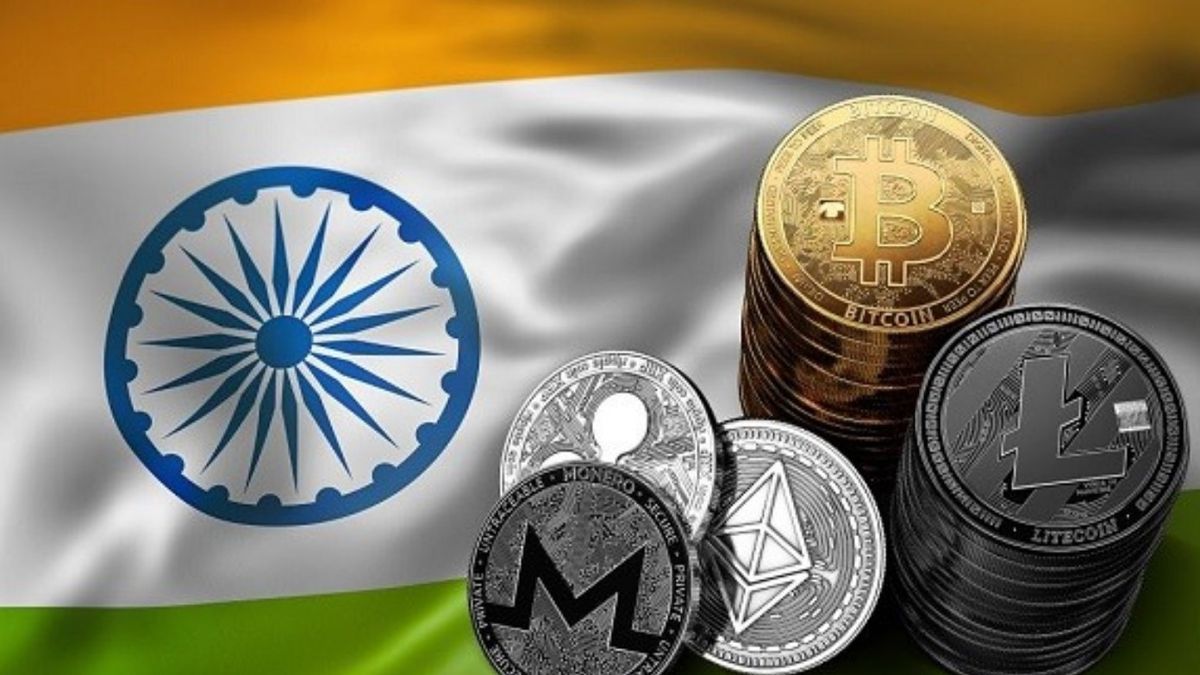JAKARTA India is one of the countries that is tough on the crypto industry, including in its tax application. Based on the latest findings, crypto asset transactions in India experienced a sharp decline due to the government imposing too high taxes on income from crypto assets.
That means, crypto exchange companies in the country must lose 97.1 percent in the trading volume that runs between January and October 2022. According to research results conducted by India's technology policy institute Esya Center, there are three leading crypto exchanges including WazirX, CoinDCX, and Zebpay, which experienced a massive decline in trading volume.
In January 2022, the volume of crypto trading in India was in the range of 4.73 billion US dollars. However, this figure dropped to 137.6 million US dollars in October 2022, according to research by Esya Center.
The study also revealed that between February and October, about USD 3.85 billion in trading volume came out of the Indian stock exchange to foreign partners. This research covers trading volume from three international exchanges, namely Binance, Coinbase, and Kraken.
High Crypto Tax Due to Expenditure Funds abroad
The decline in trading volume on India's crypto exchange came after the Indian government announced a 30 percent tax for all crypto transactions on February 1, 2022. The tax comes into effect on April 1, 2022. This forced investors and crypto traders in the country to transfer their funds to foreign crypto exchange companies.
In a period between tax announcements and its implementation, trading volume on the Indian exchange fell 15 percent, the study said. After the tax was implemented, India's CEX (centralized crypto exchange) lost another 14 percent in trading volume between April and June.
Furthermore, about 3.05 billion US dollars in trading volume equivalent to 80 percent of the total 3.5 billion dollars, have flowed to foreign exchanges. The flow of funds from Indian crypto exchanges to international crypto exchanges occurred between April and October.
The majority of the trade volume loss occurred after the government collected a 1 percent tax cut from its source or Tax Deducted at Source (TDS) starting July 1. After TDS implementation, the Indian exchange lost 81 percent of their trading volume in 4 months. From 1.22 billion dollars in July, trading volume fell to 988 million US dollars.
Meanwhile, a 1 percent tax is charged to all transactions that exceed 10,000 rupees (about $120) in a financial year. Not long after the tax announcement and its implementation have caused chaos in the crypto asset economy. At the same time, crypto exchanges in India are still dwindling to figure out how to implement a 1 percent tax amid a lack of clear guidelines.
Indian Society Kecam Pajak 30 Percent
The government's decision to impose a 30 percent tax has sparked protests among the Indians. Most migrated to foreign crypto exchanges in a bid to avoid taxing 1 percent. Starting in February, the study estimated that around 1.7 million Indian users had switched to foreign exchanges.
In a survey conducted by WazirX and Zebpay with 9,500 respondents who had been actively trading between January 1 and April 15, 2022, 24 percent of Indian investors said they were considering moving to foreign exchanges. In addition, the survey found that taxes had affected the trading frequency of 83 percent of Indian traders.
Studying samples from 5,436 peer-to-peer (P2P) traders and industry estimates, Esya Center research found that Indians accounted for about 9.67 billion US dollars in P2P trading volume on foreign exchanges between July and October.
In addition, between July and September, the adoption of cryptocurrencies measured in terms of mobile app downloads decreased 16 each month for the Indian exchange. During the same period, downloads of foreign CEX applications increased 16 percent month-to-month as reported by CryptoSlate.
India's high tax burden has led to a massive transfer of domestic investor funds to foreign crypto exchange platforms. These conditions can encourage a decrease in consumer confidence level towards local crypto exchanges and they choose foreign exchanges that have light tax rules and low transaction fees.
The English, Chinese, Japanese, Arabic, and French versions are automatically generated by the AI. So there may still be inaccuracies in translating, please always see Indonesian as our main language. (system supported by DigitalSiber.id)













